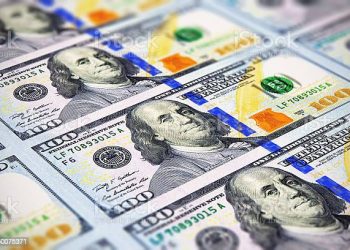In a significant turn of events, the Nigerian Naira has shown signs of stabilization on the country’s unofficial foreign-exchange market, attributed to interventions by the central bank aimed at enhancing dollar liquidity. While the parallel market exhibits a steady trend, the official market continues to experience volatility.
According to Umar Salisu, a trader responsible for compiling data in Lagos, the naira maintained its position at 1,168 naira to a dollar on Wednesday in the parallel market. This marks a notable shift in the currency’s recent performance, which had witnessed fluctuations between 1,135 and 1,168 naira per dollar over the past three weeks.
The intervention by the central bank appears to have influenced hoarders to sell dollars, thereby addressing backlogs and contributing to the stabilization of the naira’s street value. The parallel market serves as an informal platform for foreign exchange transactions and is closely watched as an indicator of the currency’s health and stability.
The effort to stabilize the currency comes as part of Nigeria’s broader strategy to boost forex inflows with the aim of bringing stability to the overall market. The volatility observed in recent weeks prompted proactive measures by the central bank to alleviate pressures on the naira and restore confidence in the foreign exchange market.
The official market, however, continues to face challenges, with the naira exhibiting more erratic behavior. The recent developments underscore the delicate balance that the central bank is seeking to maintain between official and unofficial markets to ensure a stable and healthy foreign exchange environment.
As the central bank’s interventions yield positive results in the parallel market, observers are keenly watching for sustained efforts and their potential impact on the overall performance of the Nigerian Naira in the coming weeks.










